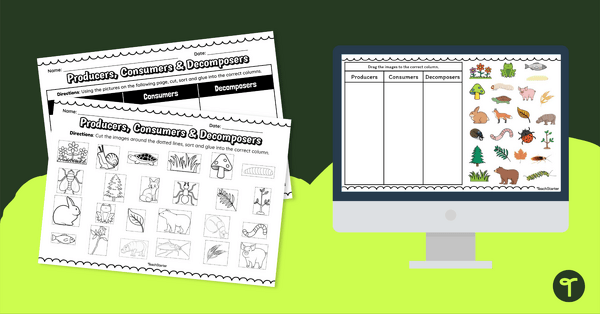Ever wondered about the role of capybaras in the food chain? You’re not alone. As a Python developer specializing in web scraping, I’ve dug deep into the data to bring you the lowdown on these fascinating creatures. Let’s dive in and uncover whether capybaras are producers, consumers, or decomposers.
The Capybara: Nature’s Adorable Oversized Guinea Pig
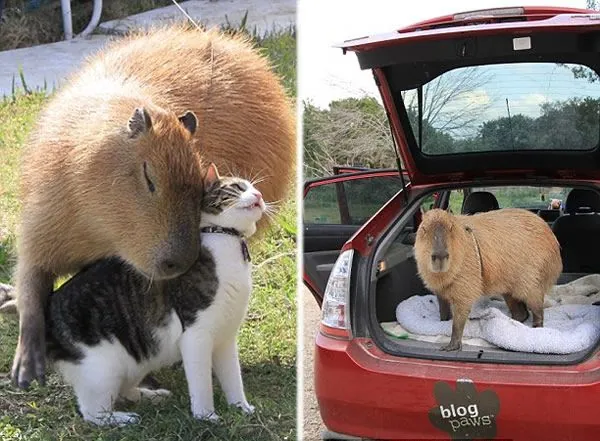
First things first: capybaras are the world’s largest rodents. These semi-aquatic mammals are native to South America and are often found chilling near rivers and lakes. But what’s their role in the ecosystem?
Breaking Down the Food Chain Basics
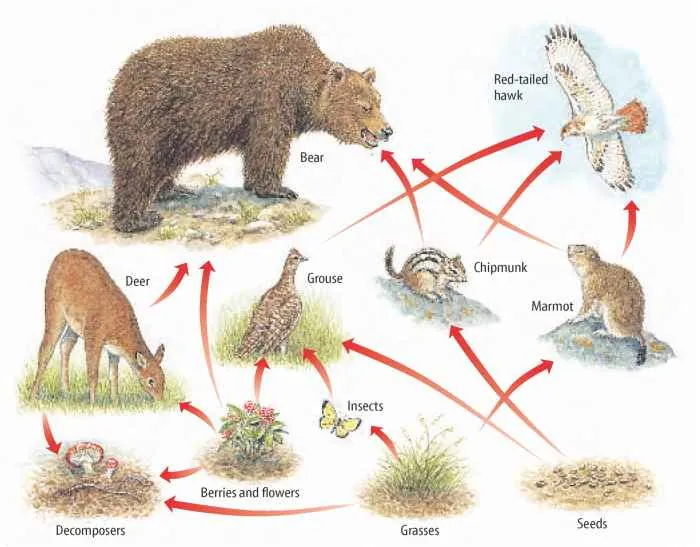
Before we classify our capybara friends, let’s refresh our memory on the key players in the food chain:
- Producers: These are the plants that make their own food through photosynthesis.
- Consumers: Animals that eat other organisms for energy.
- Decomposers: Organisms that break down dead plants and animals.
The Verdict: Capybaras as Consumers
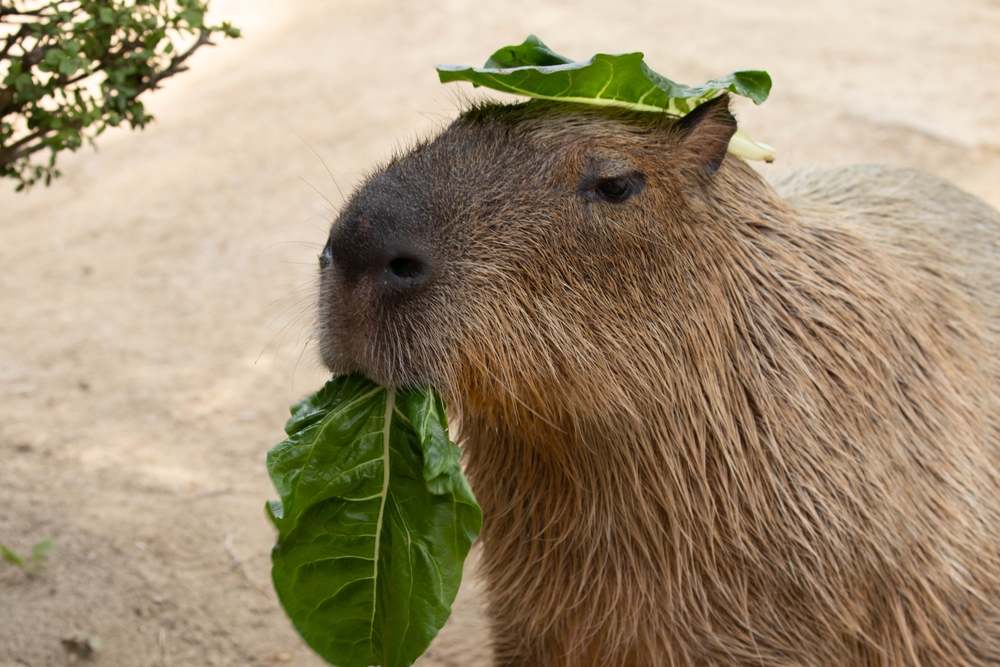
Drumroll, please… Capybaras are consumers. Specifically, they’re primary consumers, which means they munch on plants (producers) for their meals.
Why Capybaras Are Consumers
- Herbivorous Diet: Capybaras are strict herbivores, feasting on grasses, aquatic plants, and fruits.
- Energy Source: They rely on plants for their energy, unlike producers who make their own food.
- Position in Food Chain: Capybaras are prey for secondary consumers like jaguars and caimans.
The Capybara’s Eating Habits: A Closer Look
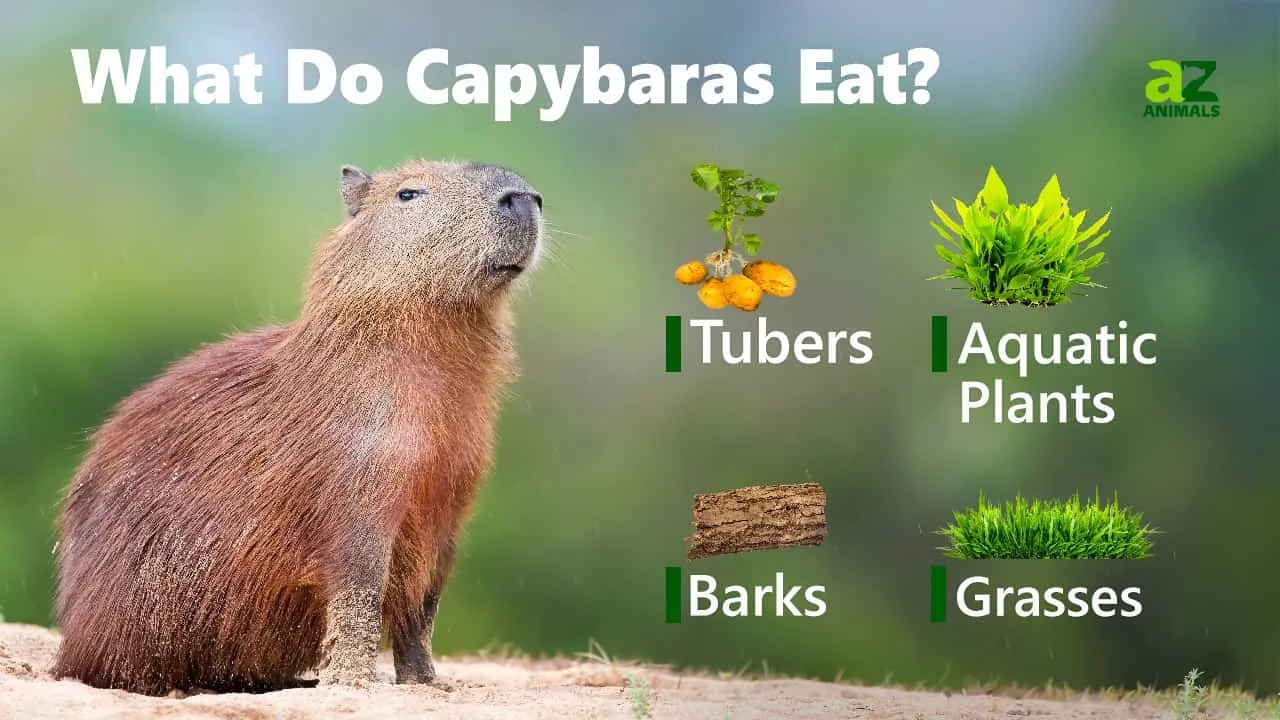
Now that we’ve established capybaras as consumers, let’s dive into their unique eating habits:
- Grass Grazers: They primarily feed on grasses near water bodies.
- Picky Eaters: Capybaras can be selective, choosing certain plants over others.
- Aquatic Snacks: They also enjoy munching on water plants.
- Fruit Lovers: When available, fruits are a tasty treat for capybaras.
The Capybara’s Role in the Ecosystem
As primary consumers, capybaras play a crucial role in their habitat:
- Plant Population Control: By grazing, they help manage plant growth.
- Food Source: They’re a vital food source for predators like jaguars and anacondas.
- Nutrient Cycling: Through their droppings, capybaras help distribute nutrients.
Capybara Adaptations for Consuming Plants
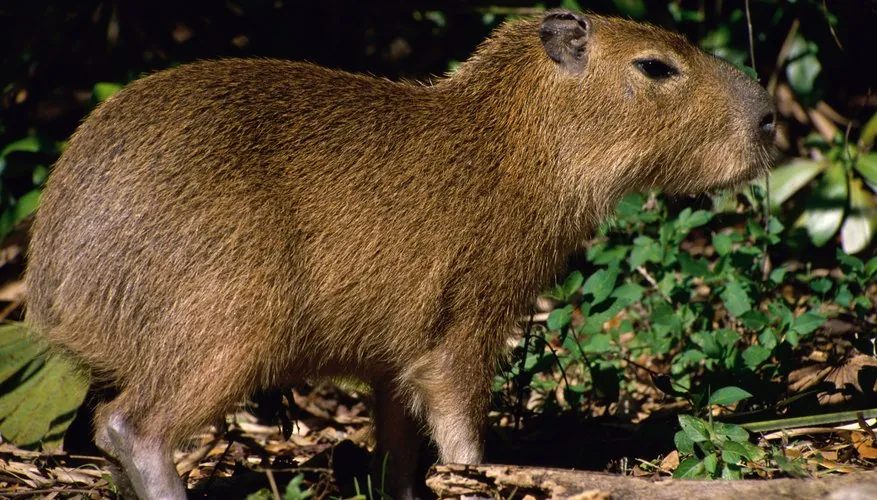
Capybaras have some nifty adaptations that make them efficient plant-eaters:
- Teeth: Their teeth grow continuously, perfect for grinding tough plant material.
- Digestive System: They have a specialized digestive system to break down cellulose.
- Coprophagy: Like rabbits, capybaras eat their own feces to extract more nutrients.
Comparing Capybaras to Other Consumers
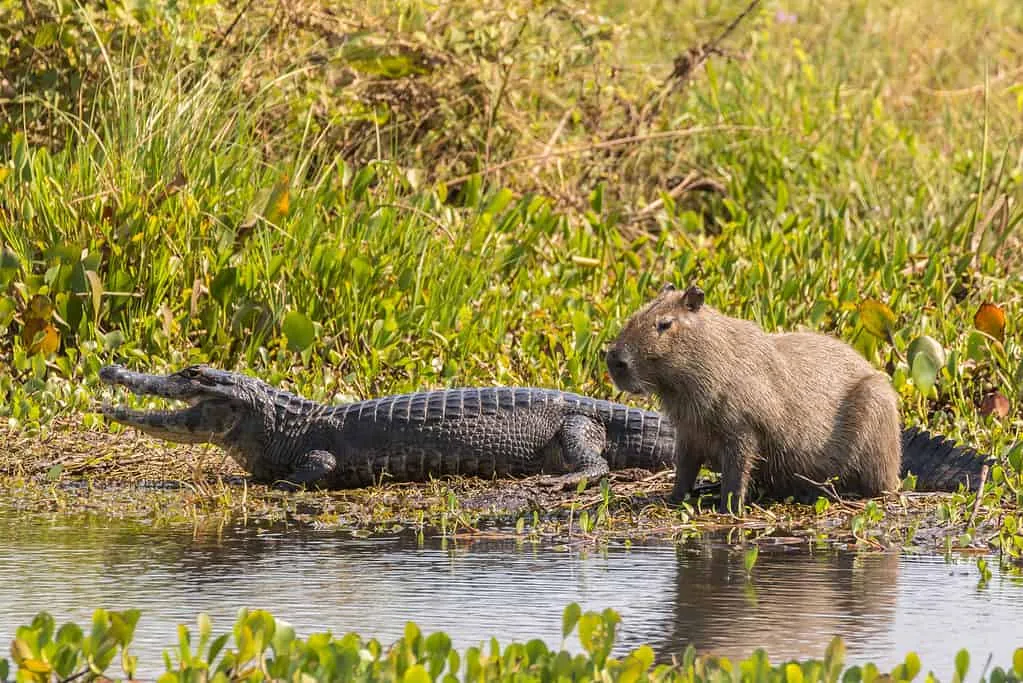
Let’s see how capybaras stack up against other consumers in their ecosystem:
| Animal | Consumer Type | Diet |
|---|---|---|
| Capybara | Primary | Herbivore |
| Jaguar | Secondary/Tertiary | Carnivore |
| Ocelot | Secondary | Carnivore |
| Anaconda | Secondary | Carnivore |
The Capybara’s Place in the Food Web
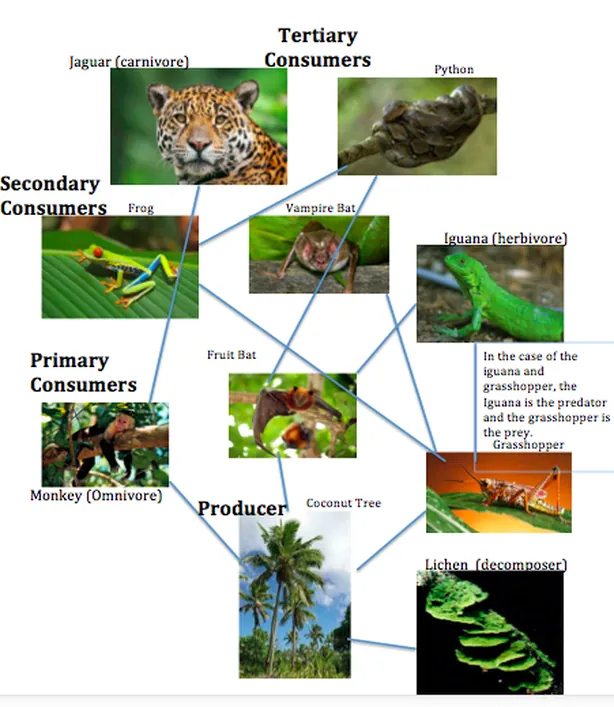
In the complex food web of their habitat, capybaras are a crucial link:
- They consume plants (producers).
- They’re prey for secondary consumers.
- They indirectly support decomposers through their waste and eventual death.
Capybaras vs. Producers: What’s the Difference?
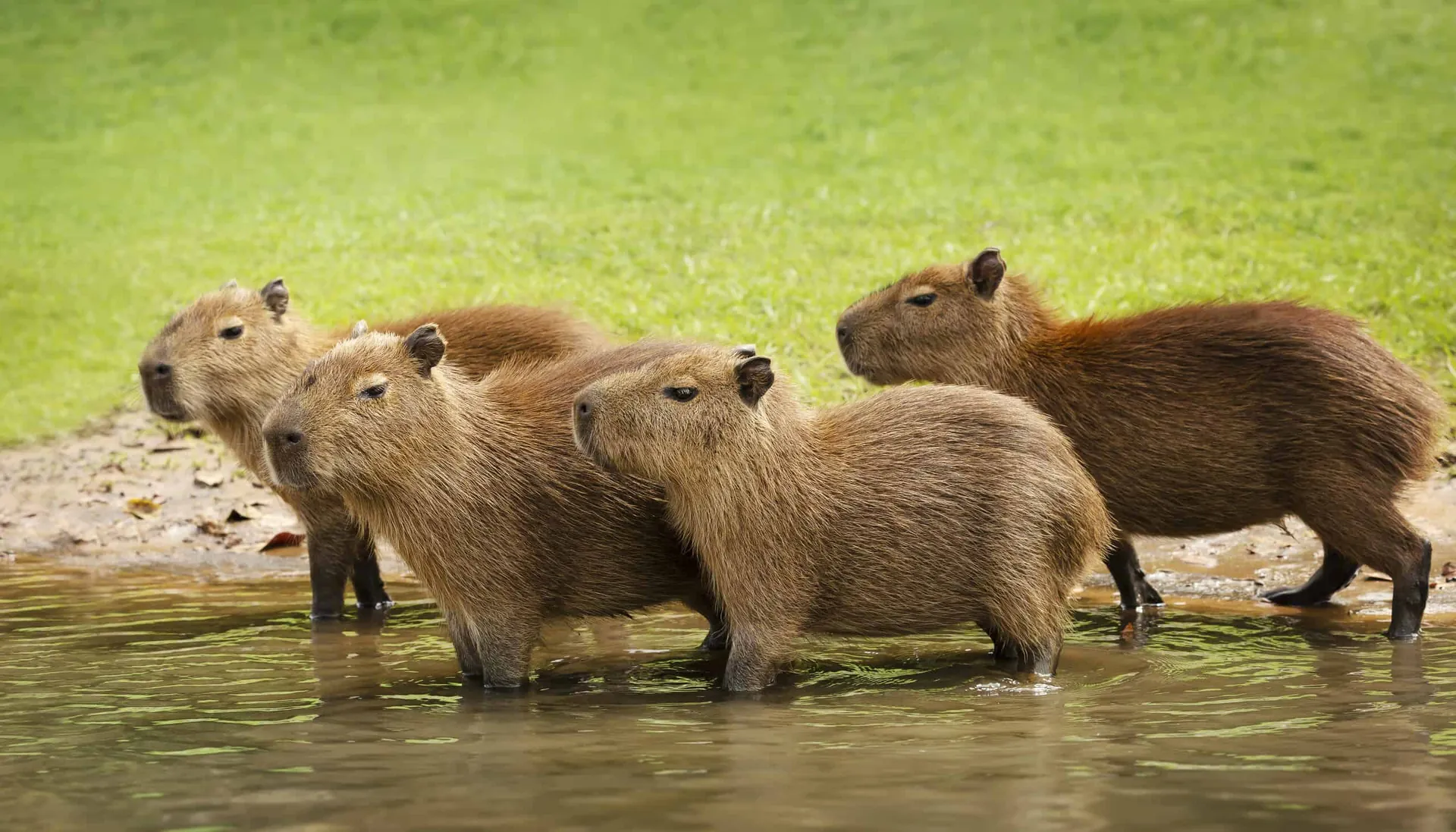
To really drive home why capybaras aren’t producers, let’s compare:
Producers (e.g., grass):
- Make their own food through photosynthesis
- Use sunlight, water, and CO2
- Form the base of the food chain
Capybaras:
- Can’t produce their own food
- Rely on eating plants for energy
- Are part of the second level of the food chain
Capybaras vs. Decomposers: Another Clear Distinction
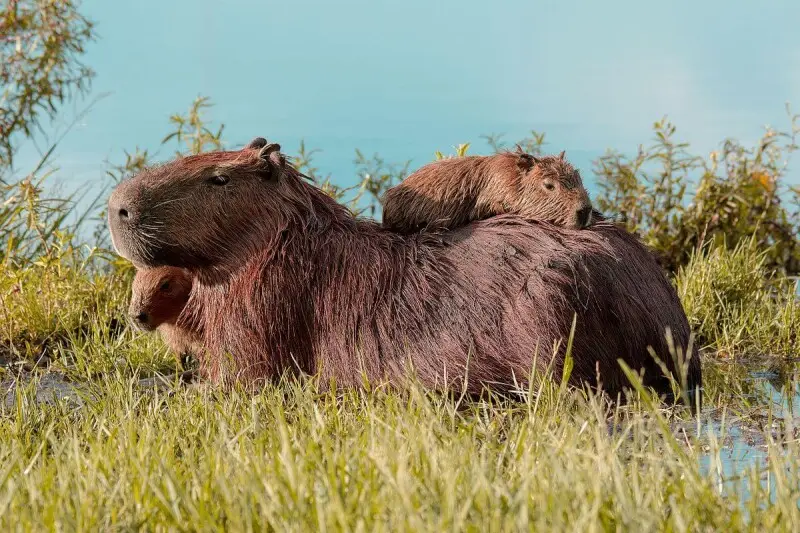
And just to cover all our bases, here’s why capybaras aren’t decomposers:
Decomposers (e.g., fungi):
- Break down dead organisms
- Release nutrients back into the ecosystem
- Often microscopic or very small
Capybaras:
- Don’t break down dead matter
- Consume living plants
- Are large, visible animals
The Impact of Capybaras on Their Environment
As consumers, capybaras have a significant impact on their surroundings:
- Vegetation Management: Their grazing helps maintain plant diversity.
- Soil Fertilization: Their droppings enrich the soil.
- Predator Support: They’re a crucial food source for large predators.
- Water Quality: Their activities can affect water ecosystems.
Capybaras and Human Interaction
Our relationship with these adorable consumers is complex:
- Hunting: In some areas, capybaras are hunted for meat and skin.
- Farming: Some people farm capybaras for their meat.
- Pets: Believe it or not, some folks keep capybaras as pets.
- Ecotourism: Capybara-watching is a popular activity in some regions.
Protecting Capybaras: Why It Matters
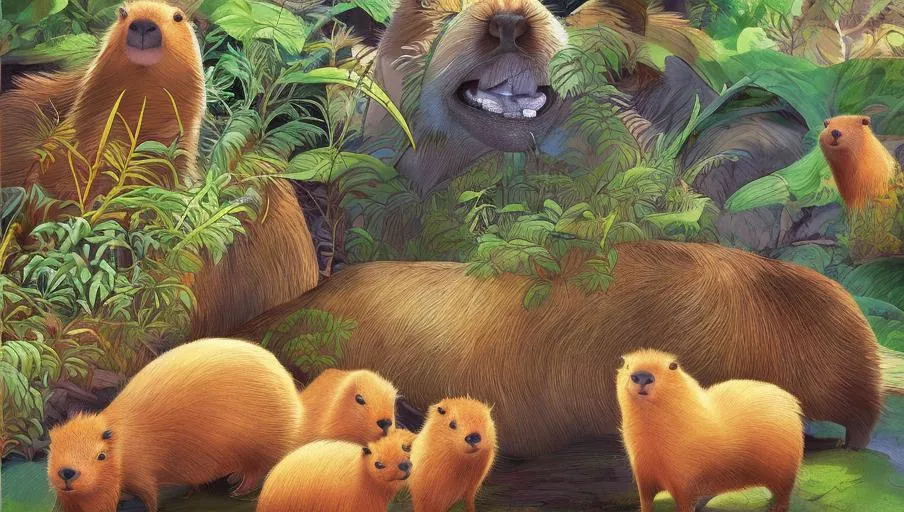
Conserving capybaras is crucial for maintaining ecosystem balance:
- Biodiversity: They contribute to the rich biodiversity of their habitats.
- Predator Survival: Many predators rely on capybaras for food.
- Plant Control: Their grazing helps manage plant populations.
- Nutrient Cycling: They play a role in distributing nutrients through ecosystems.
FAQs About Capybaras in the Food Chain
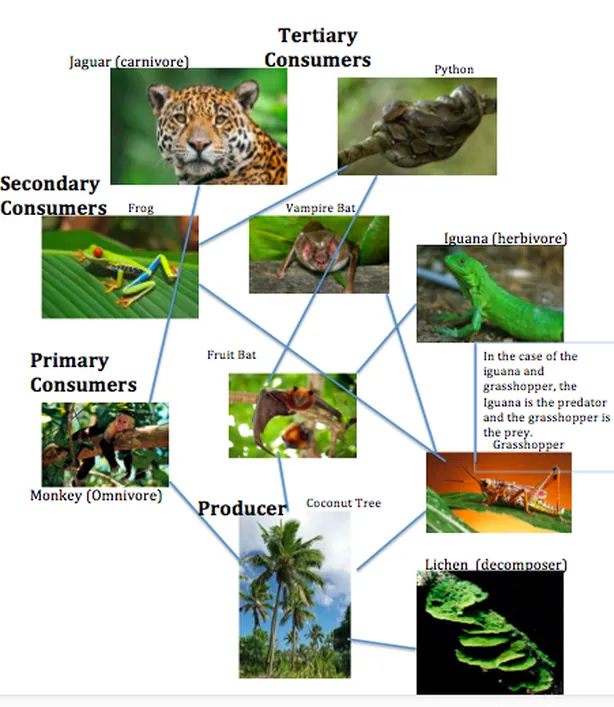
Q: Do capybaras eat meat?
A: No, capybaras are strict herbivores and only eat plant material.
Q: Can capybaras survive without water nearby?
A: Capybaras are semi-aquatic and prefer to live near water bodies, which is crucial for their survival.
Q: Are capybaras endangered?
A: Currently, capybaras are not considered endangered and have a stable population.
Q: What eats capybaras?
A: Predators like jaguars, pumas, ocelots, eagles, and caimans prey on capybaras.
Q: How do capybaras impact farming?
A: In some areas, capybaras can be seen as pests by farmers because they eat crops and compete with livestock for grass.
Wrapping Up: The Capybara’s Consumer Status
So, there you have it, folks. Capybaras are undoubtedly consumers, playing a vital role in their ecosystem as primary consumers. They munch on plants, support predators, and contribute to nutrient cycling in their habitats.
Understanding the capybara’s role as a consumer helps us appreciate the intricate balance of nature. It’s a reminder that every creature, no matter how cute and cuddly, has its place in the grand scheme of things.
Next time you see a capybara lounging by a riverbank, you’ll know you’re looking at a crucial player in the food chain – a consumer with a big appetite and an even bigger impact on its environment.

